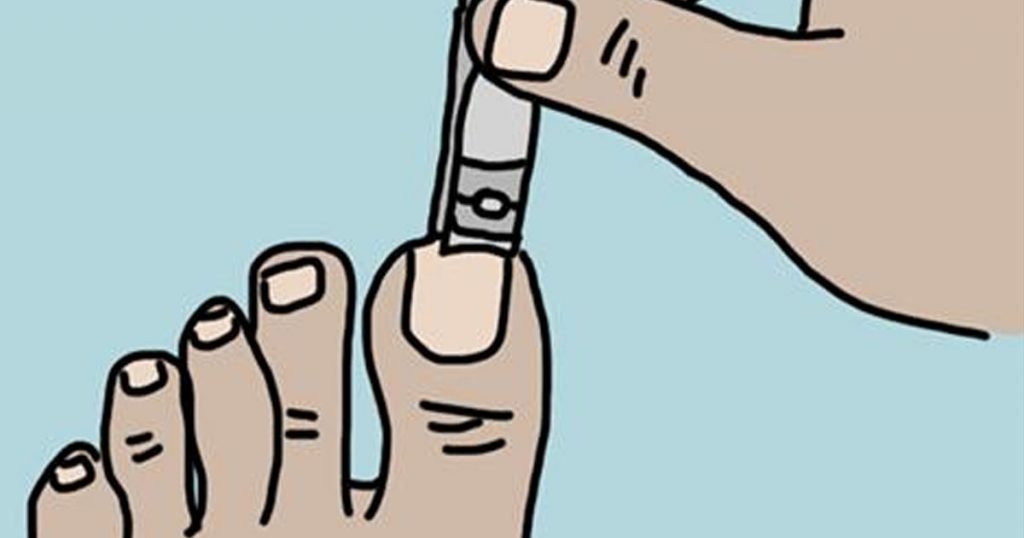As many cat owners can confirm, life with a cat is full of joys. If you have a cat, you can enjoy the benefits of reduced risk of cardiovascular disease and lower stress. A furry companion comforts you when you’re feeling down. But sometimes, contact with cats can pose risks to your health, such as contracting parasitic or bacterial infections. One of them is cat scratch disease (CSD), also known as cat scratch fever. It is caused by bacteria called Bartonella henselae and results from getting bitten or scratched by an infected cat.

In healthy adults, the infection is unlikely to cause severe symptoms and usually goes away without treatment. But the disease can make young children and people with weakened immune system very sick and lead to serious complications.
You can take steps to protect yourself and your child from the infection and limit your cat’s risk of getting infected.
Symptoms of cat scratch disease
Feline symptoms of the disease are different from human symptoms.
Infected cats usually show no symptoms at all. If the infection is severe, a cat may experience difficulty breathing. The infection can also affect the cat’s eyes, mouth, and urinary tract.

Infected people usually have the following symptoms:
- red bump, sore, or blister at the site of the scratch or bite;
- fever (usually low-grade);
- tiredness;
- headache;
- swollen lymph nodes near the site of the wound.
Complications of cat scratch disease

Children under the age of five and people whose immune system is weakened have a higher risk of developing complications if they get infected. These may include the following:
- encephalopathy, a serious complication that occurs if the infection spreads to the brain;
- neuroretinitis, an inflammation of the optic nerve and retina that causes visual disturbances;
- osteomyelitis, an inflammation of the bone or bone marrow which may lead to amputation in severe cases;
- Parinaud’s oculoglandular syndrome, which is a rare complication that looks like pink eye and sometimes requires surgical removal of infected tissue.
How to prevent cat scratch disease

To protect yourself, your children, and your cat from the infection do the following;
- refrain from touching stray and feral cats (especially feral ones, as they are more likely to attack you);
- don’t play rough with your cat to avoid getting scratched or bitten;
- teach your child not to play rough with cats or kittens and explain to your child what provokes a cat to scratch or bite;
- if you do get a scratch or bite that broke the skin, wash it right away with soap under warm running water;
- if you came into contact with your cat’s bodily fluids, e.g. saliva, wash your hands thoroughly before touching your child;
- if your immune system is weakened and you want to adopt a cat, bring home an animal that is at least one year or older, as kittens are more likely to carry B. henselae bacteria;
- if you have an open wound or a scab, don’t let your cat lick it;
- keep your cat indoors to minimize the animal’s risk of contact with infected cats;
- trim your cat’s nails (many people choose declawing instead, but critics consider this procedure inhumane);
- examine your cat’s fur and skin for fleas regularly;
- if your cat has fleas, ask the vet which anti-flea product is the most effective and safe for your animal and apply it as directed.






